
Developer: Matrix Software
Publisher: Limited Run Games, Happinet
Platform: Switch
Tested on: Switch
Brigandine: The Legend of Runersia – Review
It’s been over 20 years since Brigandine debuted on the original Playstation. It’s a bit surprising to see such a niche title get a sequel, especially since the series has shifted platforms, arriving as a Switch exclusive rather than getting a PS4 release. Is Brigandine: The Legend of Runersia a game that justifies reviving an old IP or was it better left in the past?
This is the second game in the Brigandine series, but as the first one was released such a long time ago, the game’s opening scene takes the time to introduce players to the world of Runersia. It’s a logical choice, as the majority of the audience for The Legend of Runersia won’t be familiar with the events and core concepts of the original game. In the world of Runersia, the Rune God causes the mysterious power of mana to rain down on mankind. Having learned to control mana, the Rune Knights now wield its power and are able to use powerful weapons and summon monsters to do their bidding. The power took its toll on the Knights, who became power-hungry and formed factions to take on other Knights.
The opening introduces us to the Brigandines, mana stones gifted by the Rune God to Mankind. The Brigandines are embedded in five powerful relics representing justice, glory, freedom, sanctity and ego. They are wielded by five factions, with a sixth, Brigandine-less faction also vying for domination of the continent of Runersia. At the start of the game, you get the chance to align yourself with one of these factions. Every faction follows a separate storyline with its own protagonist, although all of these storylines are interwoven, and playing through all six stories will allow players to get the complete picture.
Graphics
Brigandine’s art style is a bit of a mixed bag. Don’t get us wrong, this is a gorgeous looking game, with expertly-drawn character designs and good looking 3D models on the battlefield. The issue is that we can’t help but feel like we’ve seen it all before. The game’s character designs look very generic and don’t do enough to make these characters stand out from other anime-inspired fantasy designs. This is in part due to everything in the game using pastel colors. Many games that use similar art styles tend to exaggerate certain characters’ features or simply apply a brighter color palette to make the main cast stand out from the background characters. It’s a bit hard to describe, but if you look at the key art used in the image at the top of this review, you’ll see what we mean: none of the characters “pop”. Instead, everything blends together in a sea of muted colors and browns. This art style is used during the game’s story scenes as well as the battlefield menus and it failed to draw us into the world.
Things fare a little better in the combat screens, where the summoned monsters take center stage. These are arguably better defined, especially color-wise, although the models are not very detailed. Unlike most games in the genre, Brigandine shies away from zooming in on battle scenes when performing attacks. While not implementing these scenes speeds up gameplay, it’s also a convenient way to hide the lack of detail in the 3D models.
Sound
Each of the six factions has their own theme music, which is a nice touch as it helps individualize them. All of these are suitably dramatic -especially the battle themes- although they do suffer from a lack of depth. It’s quite clear that the music is computer-generated rather than orchestrated. There’s nothing wrong with having computer-made music in principle, but when it’s this noticeable, it becomes a bit distracting. The game features voice acting but only in Japanese. This follows the trend of Japan-made games offering Japanese audio with English subtitles, and fans of the genre won’t mind that this is the default setting, but we felt it noteworthy enough to point this out, just in case you were expecting an English voice track as well.
Gameplay
Brigandine joins a large group of turn-based strategy titles on the Switch. Although it’s an eShop only release, its price point positions the game next to titles like Fire Emblem: Three Houses and Valkyria Chronicles. We can’t claim Matrix Software for a lack of ambition but it does mean that they’re inviting the comparison to other strategy games in the same tier. Unfortunately, Brigandine doesn’t meet the same standards as those other titles. One of Brigandine: The Legend of Runersia’s biggest hurdles is just how unfriendly it is for beginning players. Even if you’re a hardcore strategy game enthusiast, you’ll probably feel overwhelmed by the amount of crucial information that is dumped on you at the start of a new game. We’re not kidding here either: you’ll probably spend 30 minutes or so reading the tutorial screens before you make your first move.
After choosing one of the six playable factions and watching an introductory scene, you’ll find yourself overlooking the continent of Runersia. From this overhead view, you’ll see the strategic points and strongholds that determine who controls those parts of the land. No matter which faction you choose, your goal is to conquer Runersia. Each faction has its own strengths and weaknesses, so they all play slightly differently. While on the map, you’ll have to carefully manage your troops and resources so that you can both defend the land you already have under your control as well as take over enemy territories. In theory, this boils down to placing defensive troops at key strategic points, while you send an offensive spearhead to take down opponents. If your own strategic points are defended well enough, you’ll notice that enemy forces won’t attempt to attack so the key is to figure out the bare minimum needed to keep invaders at bay.
Things become a bit more varied thanks to the quest system. You can have your knights take on quests, although this means that they won’t be able to defend while they’re tackling their objective, so managing your knights’ priorities becomes quite important. Successfully completing a quest rewards experience points, rare items or summonable monsters. Speaking of monsters, these come into play once you are in combat. When you invade enemy territory, or are attacked, you’ll move into the combat phase of the game. Here, you can have up to three of your knights go head-to-head with your opponent’s forces. Three knights might not sound like a lot, but that’s because the knights are basically the leaders of your summoned forces.
You can attach a variety of monsters to each of your knights. How many monsters they can bring to the table depends on their mana capacity and the monsters’ mana cost. It’s another matter of micromanaging: do you put all your eggs into one dragon-shaped basket or are you better off bringing several cheaper units? No matter which option you go for, you should keep in mind that, if your knight is slain, any monsters he brought to the party will disappear as well. Of course, this applies to opposing knights as well, so taking those down is usually key to clearing large swathes of the hex-based battlefield. Of course, defeating enemy monsters on their own rewards experience points, so it’s a matter of carefully deciding when to strike: do you draw out the battle to grind experience, or do you kill the opposing knights and finish the battle quickly? There’s a lot of micromanaging involved and the result is a game that feels repetitive and sluggish. If anything, we feel Brigandine takes itself a bit too seriously. Having six factions duke it out sounds good in theory, simply because of the sheer replay value this offers. In practice though, picking up the game with a new faction feels more like a chore than a fun prospect.
Bringing back the Brigandine series after two decades was an ambitious endeavor and we have to say that The Legend of Runersia suffers from a few major weaknesses. The biggest downfall is the tedious and unengaging gameplay that feels more like an exercise in micromanagement and less about actual strategic prowess. Although it’s not difficult to play once you figure out how the mechanics work, the way everything is explained will be off-putting for newcomers. Hardcore strategy veterans, on the other hand, will find that there is not enough depth to the gameplay to satisfy them. It’s not a bad game from a technical perspective, but it is painfully average. Given the myriad of strategy games available on the Switch, Brigandine has its work cut out for it if the series wishes to compete for strategy gamers’ attention.
Brigandine: The Legend of Runersia - Review,1 Comment
Leave a Reply
You must be logged in to post a comment.

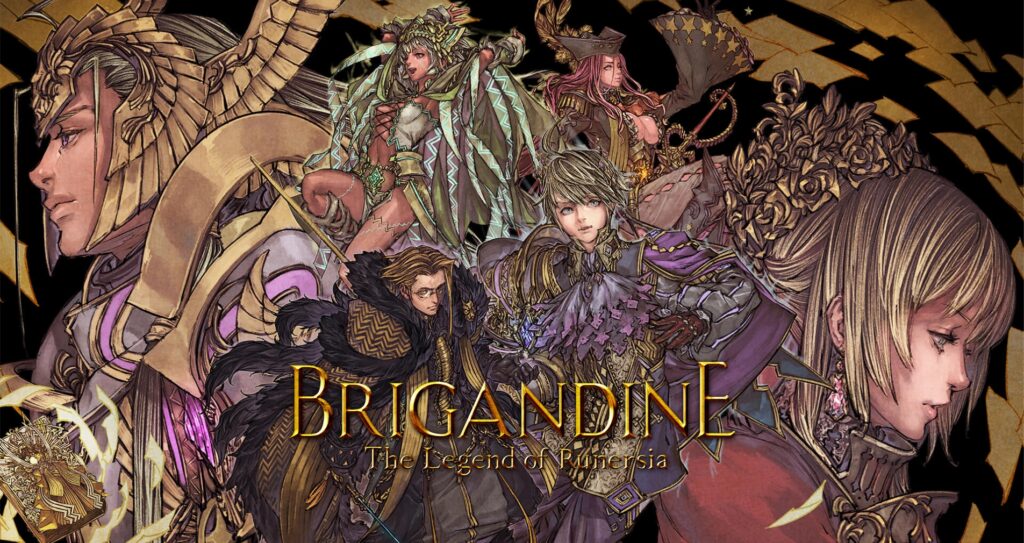
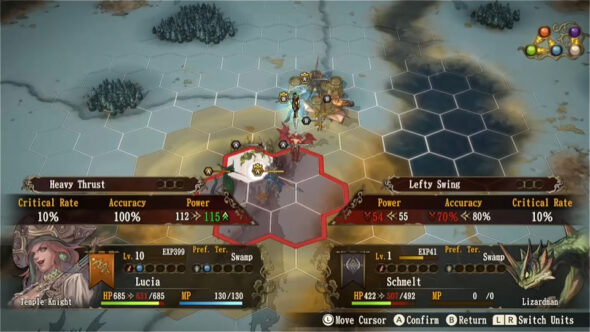
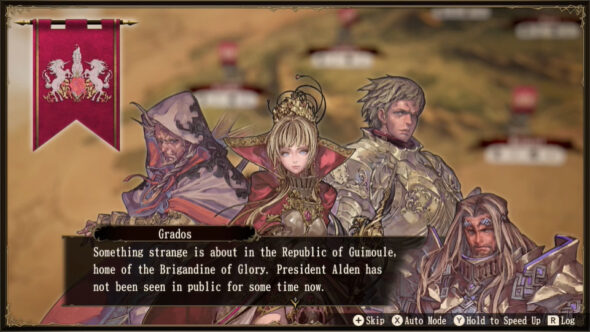
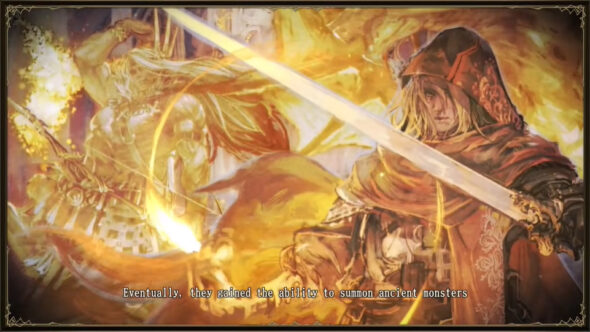
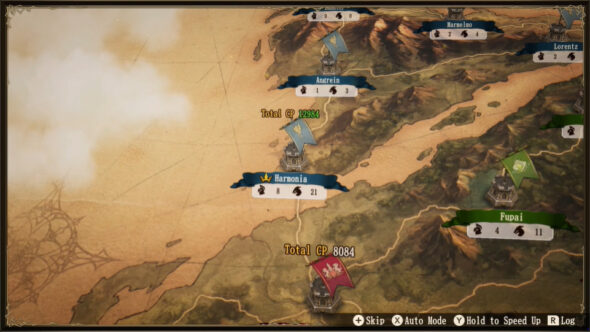




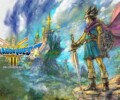
[…] the legends that help made Final Fantasy I-III and Disgaea 1-5 now comes Brigandine: The Legend of Runersia. This cult classic game was first released in 1998 on the original PlayStation and won fans over […]